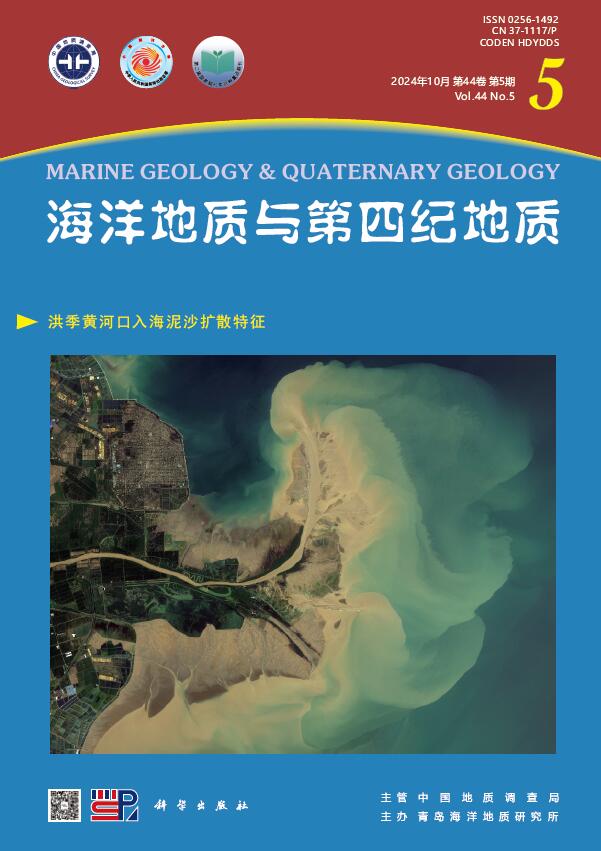南海更新世以来海温变化及其古气候意义:南海更新世以来海温变化及其古气候意义
引用次数: 5
摘要
南海南部的热史自更新世以来呈减少趋势。温度剖面在冰期呈降温趋势,在间冰期保持稳定。南海南北经向热梯度反映了东亚冬季风的变化。近2 Ma的热梯度历史表明,在中更新世之前,东亚季风强度增强,此后减弱,但在第四纪晚期又增强。这种长期趋势叠加在轨道冰期旋回上,间冰期EAWM较强,冰期较弱。青藏高原的构造隆升可能对中更新世EAWM的增强有重要影响。全球冰量和ENSO变化可能是影响EAWM总体趋势和轨道周期的主要原因。本文章由计算机程序翻译,如有差异,请以英文原文为准。
SEA SURFACE TEMPERATURE CHANGE IN SOUTH CHINA SEA SINCE PLEISTOCENE AND ITS PALEOCLIMATIC IMPLICATIONS: SEA SURFACE TEMPERATURE CHANGE IN SOUTH CHINA SEA SINCE PLEISTOCENE AND ITS PALEOCLIMATIC IMPLICATIONS
The thermal history of the southern South China Sea(SCS) exhibited a reducing tendency since Pleistocene.The temperature profile is characterized by a cooling trend during glaciations but remains steady during interglaciations.Meridional thermal gradient between southern and northern SCS reflects the Eastern Asian Winter Monsoon(EAWM) change.Thermal gradient history during the past 2 Ma indicated that EAWM was strengthened before mid-Pleistocene and weakened since then,but restrengthened in the later Quaternary.This long term trend is superimposed by orbital glacial cycles with the EAWM stronger during interglaciations and weaker during glaciations.Tectonic uplifting of the Tibetan Plateau may have important influence on the strengthening of EAWM in the mid-Pleistocene.Global ice volume and ENSO changes may be the main reasons for the overall trend and the orbital cycle of EAWM.
求助全文
通过发布文献求助,成功后即可免费获取论文全文。
去求助
来源期刊
CiteScore
0.10
自引率
0.00%
发文量
4176
期刊介绍:
Marine Geology and Quaternary Geology launched in 1981 is a bimonthly academic journal sponsored by Qingdao Institute of Marine Geology, China Geological Survey, and published by the Science Press, China.The journal aims to publish original, cutting-edge, and explorative scientific results in the field of marine geology and sea-land Quaternary geology. The journal focus on reporting the latest research achievements supported by National Natural Science Foundation Project, National Key Project and International Cooperation Project, with priority to the results in China seas, global ocean and three poles, and the comparative study results between offshore and land, regional and global scientific issues.

 求助内容:
求助内容: 应助结果提醒方式:
应助结果提醒方式:


